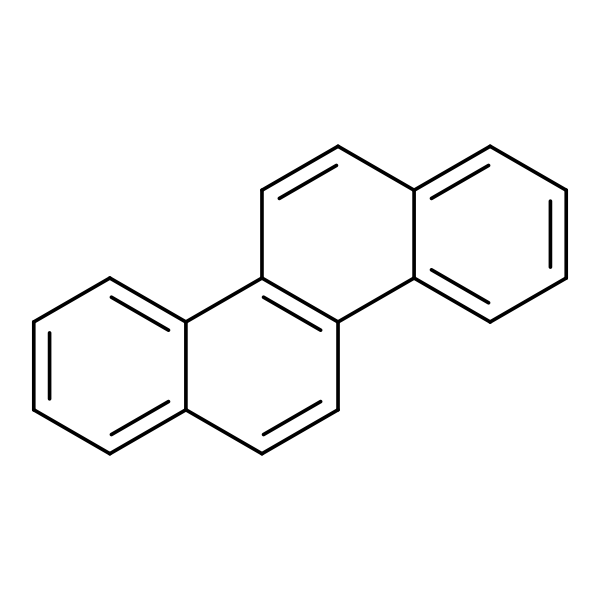Chrysene
CASRN 218-01-9 | DTXSID0022432
- IRIS Summary (PDF) (10 pp, 102 K)
Noncancer Assessment
Reference Dose for Oral Exposure (RfD) (PDF)
(10 pp, 102 K)
Last Updated:
Not assessed under the IRIS Program.
Reference Concentration for Inhalation Exposure (RfC) (PDF)
(10 pp, 102 K)
Not assessed under the IRIS Program.
Cancer Assessment
Weight of Evidence for Cancer (PDF)
(10 pp, 102 K)
Last Updated: 12/01/1990
| WOE Characterization | Framework for WOE Characterization |
|---|---|
| B2 (Probable human carcinogen - based on sufficient evidence of carcinogenicity in animals) | Guidelines for Carcinogen Risk Assessment (U.S. EPA, 1986) |
- No human data and sufficient data from animal bioassays. Chrysene produced carcinomas and malignant lymphoma in mice after intraperitoneal injection and skin carcinomas in mice following dermal exposure. Chrysene produced chromosomal abnormalities in hamsters and mouse germ cells after gavage exposure, positive responses in bacterial gene mutation assays and transformed mammalian cells exposed in culture.
- This may be a synopsis of the full weight-of-evidence narrative.
Quantitative Estimate of Carcinogenic Risk from Oral Exposure (PDF) (10 pp, 102 K)
Not assessed under the IRIS Program.
Quantitative Estimate of Carcinogenic Risk from Inhalation Exposure (PDF) (10 pp, 102 K)
Not assessed under the IRIS Program.
- Human Health Benchmarks for Pesticides (HHBP). This database provides human health benchmarks for pesticides that may be present in drinking water.
- Office of Pesticide Programs Pesticide Chemical Search. This database provides links to health effects information and registration status for pesticides.
- Chemistry Dashboard. This database provides information on chemical structures, experimental and predicted physicochemical, and toxicity data.
You will need Adobe Reader to view some of the files on this page. See EPA's PDF page to learn more.
Contact Us to ask a question, provide feedback or report a problem.

